The Honey Bee Health Coalition has published an updated version of Honey Bee Nutrition: A Review and Guide to Supplemental Feeding. This short guide is jam-packed with useful information and worth your time.
Honey Bee Nutrition guide
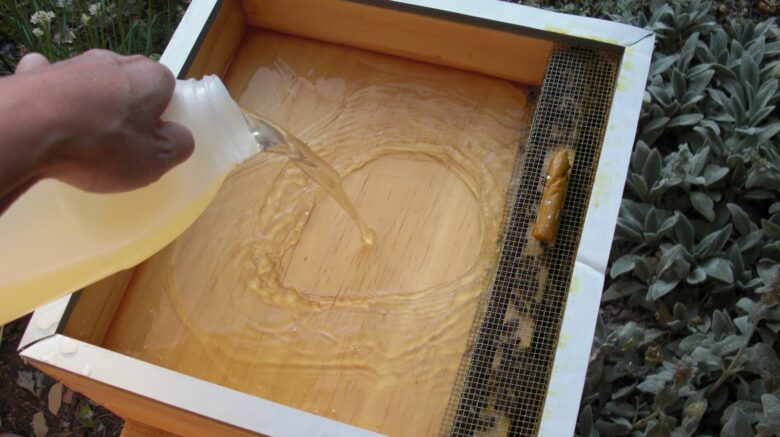

The Honey Bee Health Coalition has published an updated version of Honey Bee Nutrition: A Review and Guide to Supplemental Feeding. This short guide is jam-packed with useful information and worth your time.
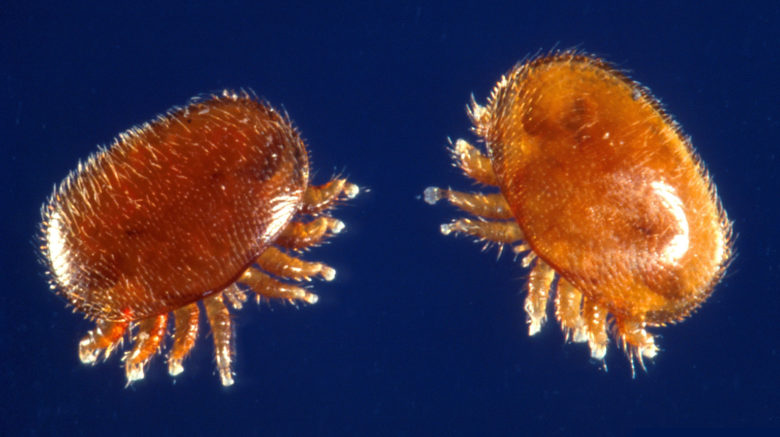
The Honey Bee Health Coalition (HBHC) has a new blog post highlighting Dr. Katie Lee’s research on spring mite loads as well as a timely reminder to monitor your colonies. Worth a read! Also worth your time, HBHC’s Tools for Varroa Management Guide.
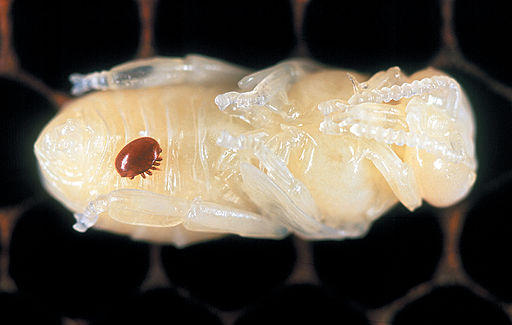
The Honey Bee Health Coalition has just released a revised version of Tools for Varroa Management Guide. The guide is free and invaluable, so take a look!
In case you missed it, the Ulster Beekeepers Association’s 2022 Winter Webinar series on Sustainable Beekeeping is now online.
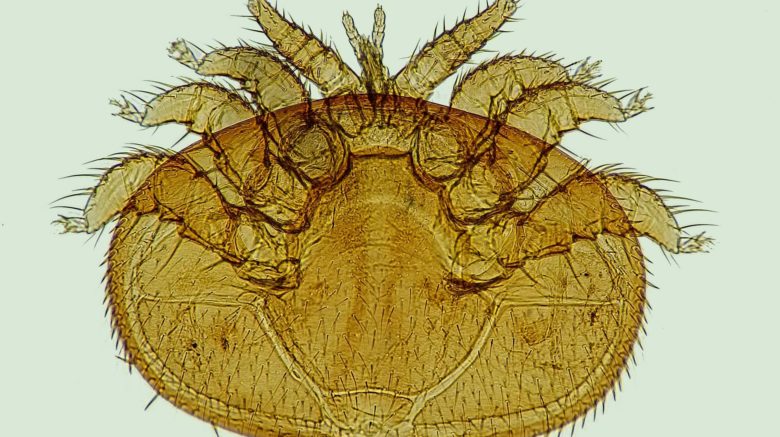
NC Apiary Inspector Lewis Cauble has recently posted the “results of my varroa monitoring efforts in my own bees and the interesting things I saw in my monitoring” during 2021. It’s a quick watch that’s worth your time.
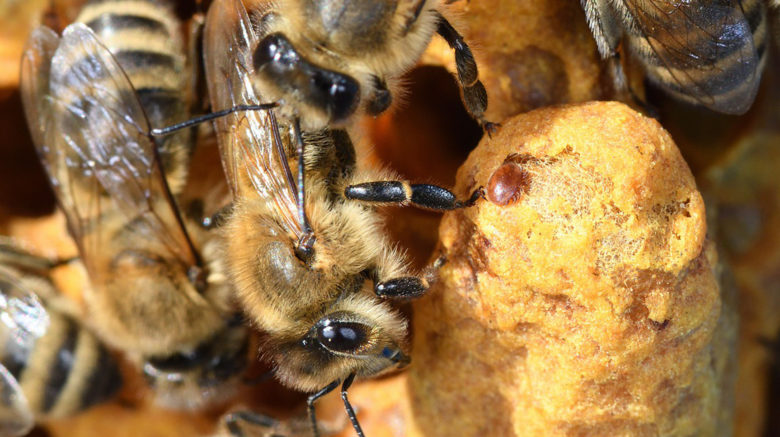
Have you taken a mite count lately? Check out the Honey Bee Health Coalition’s Varroa management guides and tools. They include: …and much more. The HBHC’s website is an invaluable resource! Additionally, everyone should watch (and rewatch) Oxalic Acid Application for Varroa Control: What really works, what doesn’t by Jennifer Berry from our May 2021 meeting.
Membership Renewal Don’t forget to pay your annual dues! Membership expires on December 31st, regardless of when it was paid. (This also applies to NCSBA membership.) You can pay online or mail in a check along with the ACB and/or NCSBA membership form(s) to: Alamance County Beekeepers PO Box 512 Snow Camp, NC 27349 Honey Extractor & OA Vaporizer The …
Dr. David Tarpy, NCSU Professor and Extension Specialist, has provided this article Protective Measures of Beehives During Hurricanes and makes the following recommendations: Strap down lid and hive components if they’re not propolized. Reduce hive wind profile by removing unnecessary boxes (feeders, for example). Hives should be at ground level or on sturdy stands. Be sure solid bottom boards are …
View the NC Department of Agriculture & Consumer Services’ Pesticide Toxicity to Bees “Traffic Light” list (PDF). The pesticides listed are arranged by Highly Toxic (red), Moderately Toxic (yellow), and Relatively Nontoxic (green). Specific pesticide uses are categorized as Microbiocide, Miticide, Insecticide, Fungicide, Herbicide, Growth Regulator, or Repellent.
The Bee Lab at The Ohio State University has made available a Webinar entitled “Mite Check: Using Beekeeper Citizen Science to Transmit Bee Health Information, Not Varroa destructor” by Becky Masterman, University of Minnesota Bee Lab, Bee Squad Associate Director. A PDF handout is also available. Also check out the University of Minnesota Bee Lab’s: